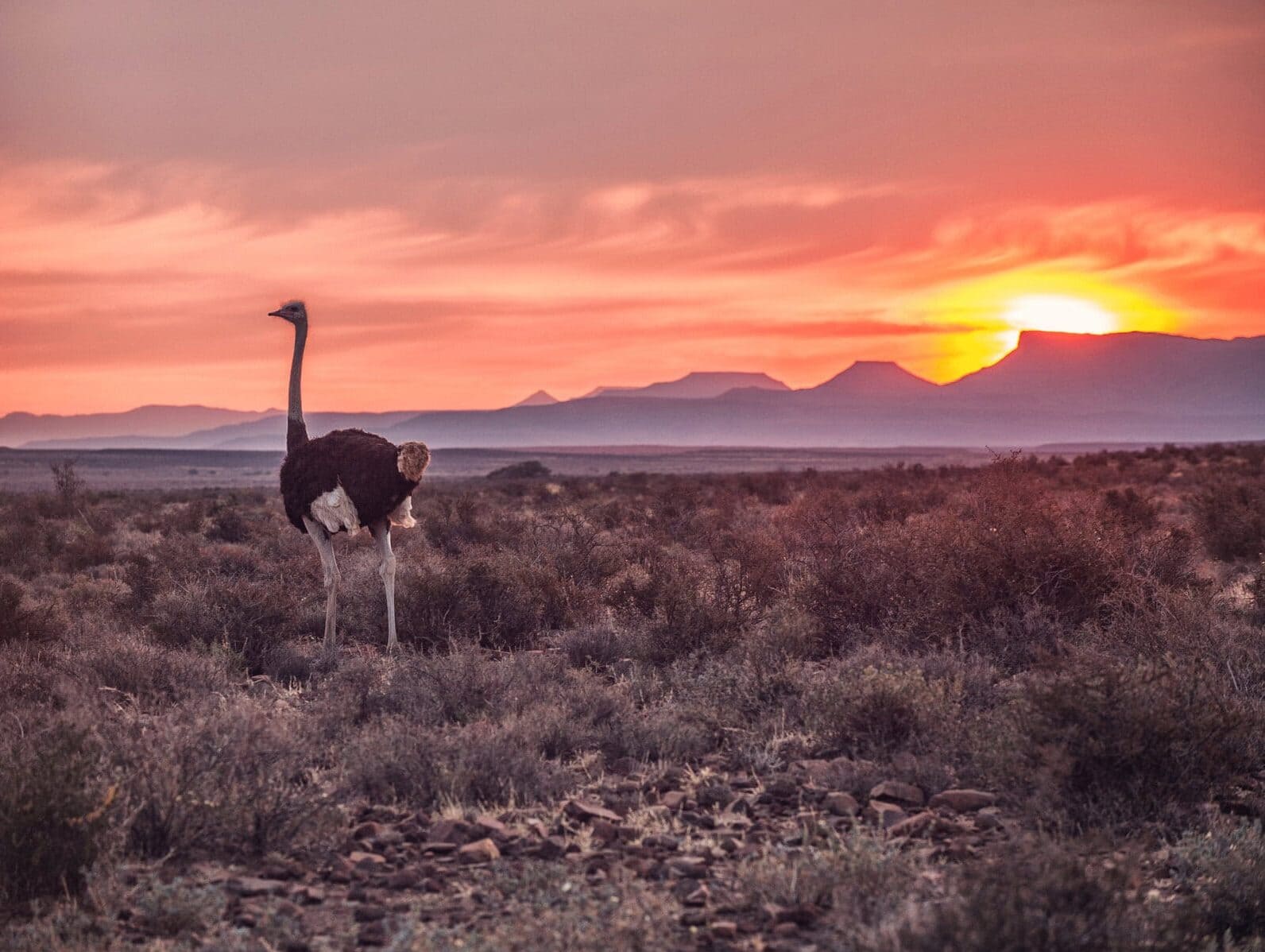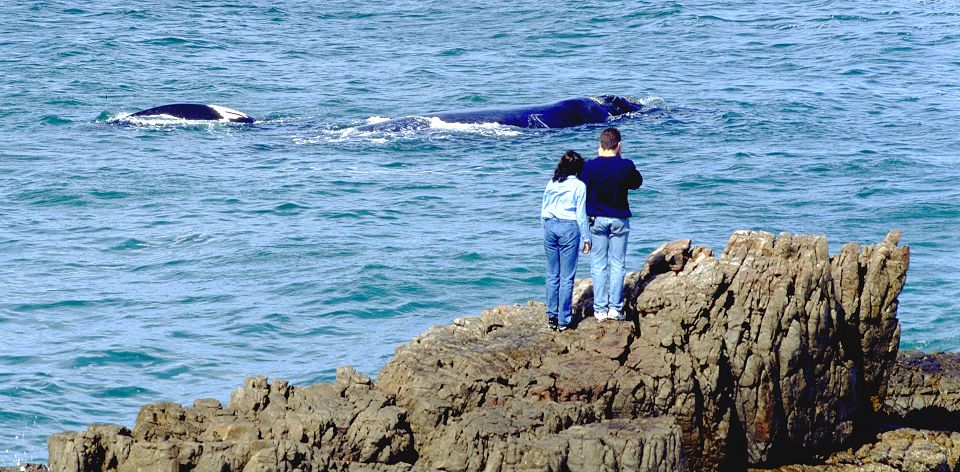Imagine driving through the African wilderness as the sun begins to rise, warming up the land. You hear the heart-stopping roar of a lion in the distance, and your game-driving vehicle follows it to a pride walking across the landscape. South African wildlife tours can include this jaw-dropping sight and so much more…
South Africa is one of the best destinations for Big Five safaris. There are several reserves and national parks that are home to lions, leopards, elephants, buffaloes, and rhinos (the country accounts for around half of the total black rhino population on the continent and is also home to the world’s largest population of white rhinos). Foremost among these is the Kruger National Park and its neighbouring private reserves, including Sabi Sands Private Game Reserve and Timbavati Private Nature Reserve.
Wildlife Found During South African Safaris

Wildlife safaris in South Africa can take you through a wide variety of stunning environments, from golden savannahs stretching into the horizon to thick forest landscapes. These habitats house a plethora of wildlife, besides the Big Five.
Across the plains you’ll come across herds of zebras, wildebeest, and impalas during game drives. Stopping next to watering holes and rivers, you’ll be able to spot the ears and eyes of hippos peeking above the surface (during night drives you may find them outside the water munching on grass!).
South Africa supports around two dozen species of antelope, ranging from the outsized eland; stately, spiral-horned greater kudu; and arid-country-dwelling gemsbok and springbok to the diminutive forest-dwelling red and blue duikers.
You may be able to spot cheetahs on the outskirts of antelope herds, waiting for the time to strike. Also on the hunt are packs of African wild dogs. This endangered species can be spotted in certain reserves, including Madikwe Game Reserve and Tswalu Kalahari Private Wildlife Reserve.
In dry desert environments to the north of the country, if you’re lucky enough, you may spot the elusive five: pangolins, brown hyenas, aardvarks, aardwolves, and bat-eared foxes.
Bird Species in South Africa

With over 840 species of birds, birdwatching safaris in South Africa are exciting! Birders will love being immersed in a safari destination which has the highest number of endemic and near-endemic birds on the continent. And, during the wet season from November to April, migratory species fly into parks and reserves, creating rich and vibrant birdwatching environments.
South Africa’s birding checklist includes the world’s largest bird (ostrich) as well as the heaviest flying species (kori bustard), along with a dazzling variety of bee-eaters, turacos, parrots, rollers, and waxbills. There are several sites in South Africa where a moderately skilled birder could tick 100 species in a day.
Aquatic Species Found in South Africa

Marine wildlife is a strong feature of South Africa, offering travellers the opportunity to go on water-based safaris to spot the marine Big Five: the great white shark, the southern right whale, the bottlenose dolphin, the Cape fur seal, and the African penguin.
The coastal town of Hermanus offers some of the world’s finest whale watching, while other aquatic wildlife attractions range from caged shark dives at Mossel Bay to turtle-nesting excursions in iSimangaliso Wetland Park.
Sodwana Bay in iSimangaliso is one of the top 10 diving destinations in the world thanks to its expansive coral reef systems. Over 1,200 species of fish can be found here, including scorpionfish, sharks, rays, slingers, and octopuses; you may also spot whales passing through this area while migrating.
South Africa boasts a vast array of spectacular animals to spot, from whales lobtailing in the ocean to the Big Five on the land, making a South African safari a diverse and exciting experience.